23
2018Art Lexicon: Predrag Popara
My interviewee today is Predrag Popara, an artist from Trebinje who currently resides between Belgrade and Bucharest. He graduated from the Faculty of Applied Arts in Belgrade, and continued his studies in Berlin and Vienna. His work has been exhibited in almost all European art centres, and in 2013 he co-founded the art association “Funnel”, whose seat is in Bucharest.
Predrag is in the rare position of being both an artist and a gallery owner and in the following text, you can read his answers to issues related to contemporary art and culture.
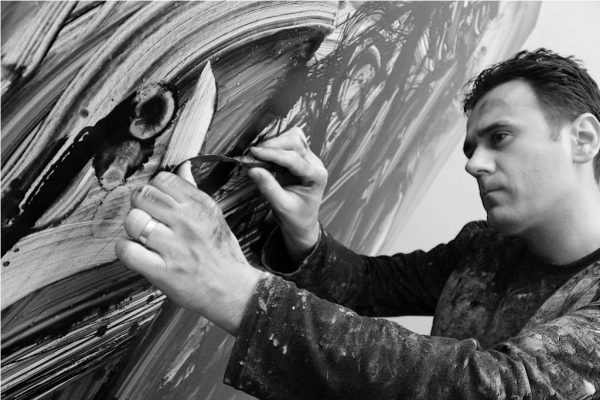
You founded the Funnel gallery in Bucharest. Which artists and what kind of art is shown in your gallery?
The focus is directed on artists from South-east Europe and the surrounding countries. “ Funnel” is currently working with several authors including: Bogdan Vladut (RO), Mihael Milunovic (SRB), Roberto Coda Zabetta (IT) and Predrag Popara (SRB). Of course, our association is not just promoting the above four authors, but is also networking and promoting the Romanian and Serbian art scene.
That the association was founded in Bucharest was just an unusual set of circumstances, and I have to admit it was a huge challenge for me.
Your gallery “Funnel” was represented at a few art fairs. What are your impressions from these trips?
Art fairs are a great opportunity to showcase a gallery where the most important contemporary art galleries gather today. For me it was a great experience that should certainly be the practice of all galleries that foster the contemporary art scene.
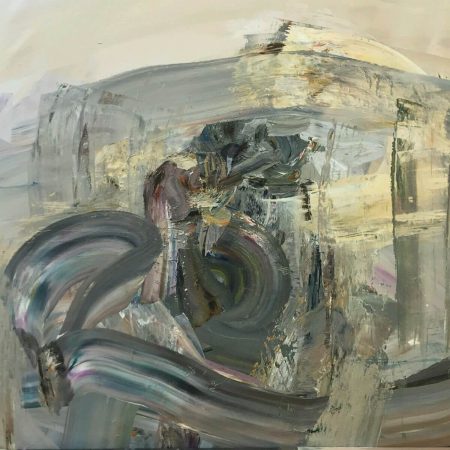
Nevertheless, Serbian authors are rarely seen at art fairs. Why do you think this is so?
Unfortunately, here in Serbia, due to a lack of money for many years, galleries are not represented at important trade fairs and have disappeared irretrievably from the artistic map of Europe and the world. This truly upsets me because we have great artists who we are unable to support and help emerge onto the world scene, where they indisputably belong. Everyone is to blame for this situation, starting with us artists, to galleries and cultural institutions. There is a lack of understanding of the mechanism between the gallery and the artist and a lack of interest in supporting those who are good examples here among us. Ignoring the situation and this pathological behaviour leads us deeper into the abyss of inability to change something. Certainly, there is the political situation which further crushes and blocks any effort that comes from Serbia to the world.
Today’s situation is disastrous, but I’m deeply convinced that everything would be much better if we stopped acting inferior, and if institutions became involved and opened their doors for cooperation, without that autistic view of the scene, supporting suitable art and ignoring the non-suitable.
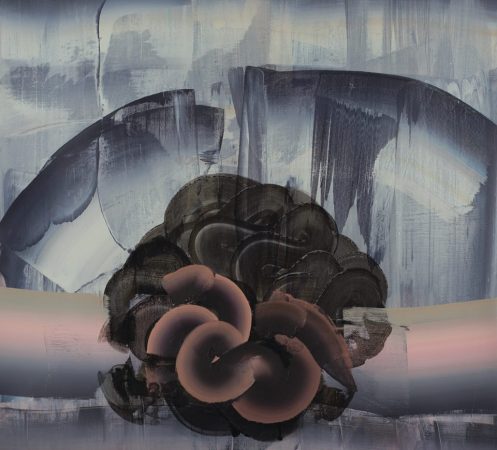
What’s the art scene like in Romania?
Let me give an example that left me speechless, and everyone could witness it only 200 km from Belgrade. In Timisoara last year, the first art biennial entitled “Art Encounters” was organised and headed by Rainald Schumacher and Nathalie Hoyos. Not one of the Romanian Contemporary Art Galleries (in Romania there are currently hundreds) was omitted in the selection and the entire scene of all generations was represented.
This is an example of cooperation between institutions and private galleries which is necessary to follow. That is why I’ve decided to spend time with these great enthusiasts who inspire me even today after almost four years living and working in Romania.
What is the greatest quality of Serbian contemporary art?
The young creators, who, despite all the problems, keep the art scene alive without help.
What are Serbian artists missing?
Support from cultural institutions, understanding between the artist and the gallery, cooperation between colleagues outside their circles of interest, choice of materials, modern galleries that focus solely on contemporary art, making an effort to overcome vanity, normal collectors, government support, and finally spaces for work, which are empty everywhere around us…

What do you recommend younger colleagues to do?
To travel, as much as possible, to international exhibitions. Cooperation with colleagues and productivity as a basis for everything. Never give up even if that means risking ending up at the very edge.
Which contemporary artists do you admire?
Adrian Ghenie, Ali Banisadr, Marius Bercea, Tonny Cragg, Daniel Richter, Victor Man, Ciprian Muresan, Stefania Batoeva…
Without what can’t you imagine your studio?
The chaos I leave it in after working…
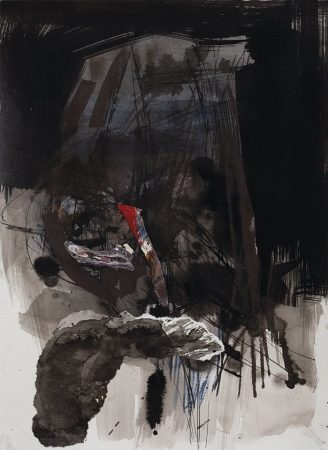
You organized two big collective exhibitions in Belgrade, “Black white”, 2012, and “Transformation”, 2014, which included foreign artists. Do you have other such projects planned?
Yes, I have plans for more collective exhibitions, but this time I hope with more support and understanding from the cultural institutions.
What do you consider to be your greatest success?
That I have survived on the art scene and spending my life working in my profession.
Can you single out some galleries that in your opinion currently play a leading role in the art market?
Tadeus Ropac, Gagosian Gallery, White Cube Gallery, Serpentine Gallery, Saatchi Gallery, Pace Gallery, Nicodim Gallery…
Which exhibition is being exhibited at your gallery at the moment?
At the moment we have an exhibition by a group of artists from the art collective “U10”. The exhibition is part of the “Art weekend” which is held twice a year in Bucharest. This exhibition is very popular and mutual cooperation between these young people, who are a great example of successful collaboration between artists, makes me very happy.
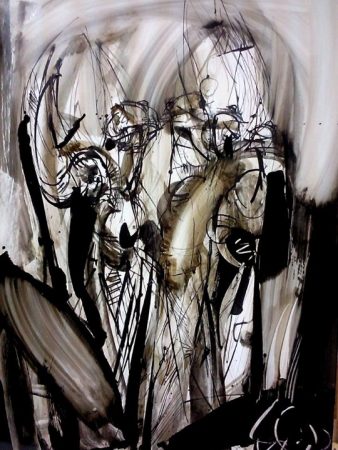
What are your future plans with the gallery?
I have plans and the gallery is growing. We’ll see!
You travel a lot. In your opinion, which city has the most exciting art scene?
London.
How many kilometers do you travel by car a month?
About 5,000km.
What are you working on at the moment?
On a new solo exhibition for next year.
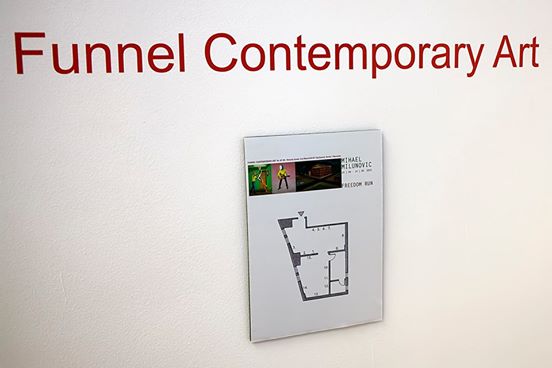

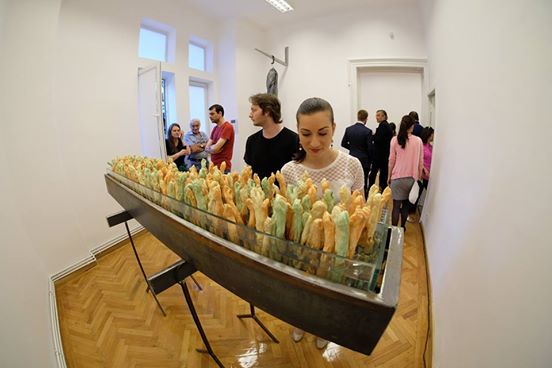
Search for upcoming events at Funnel: http://funnelcontemporary.eu/
Translation: Grainne Boyle Orlić